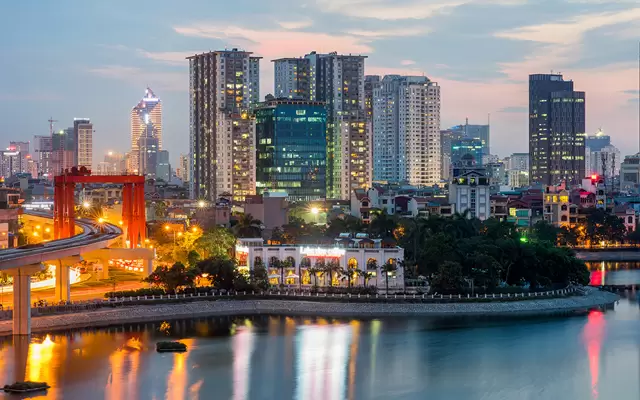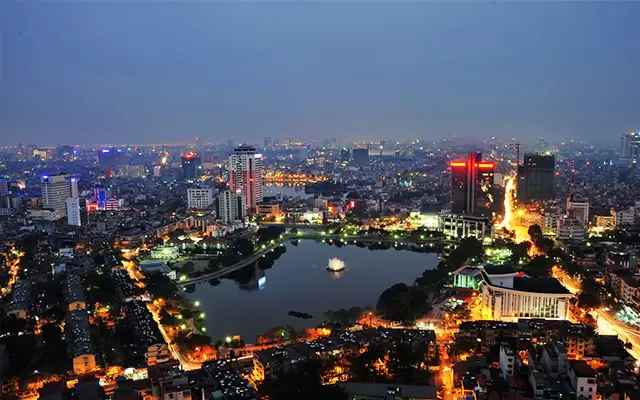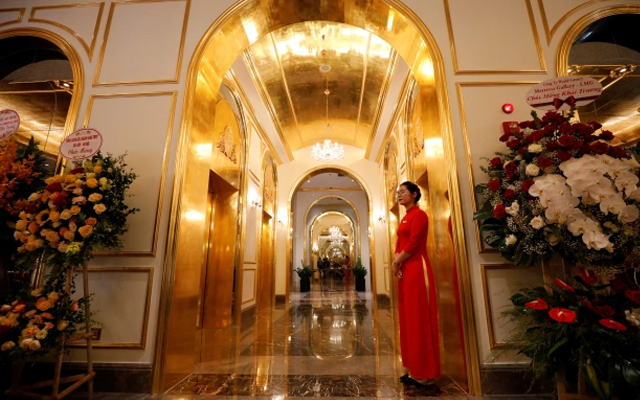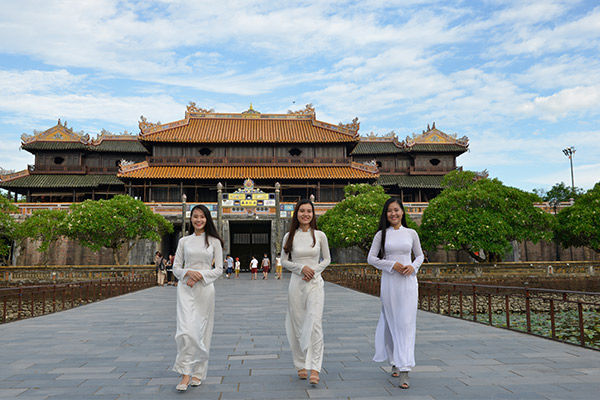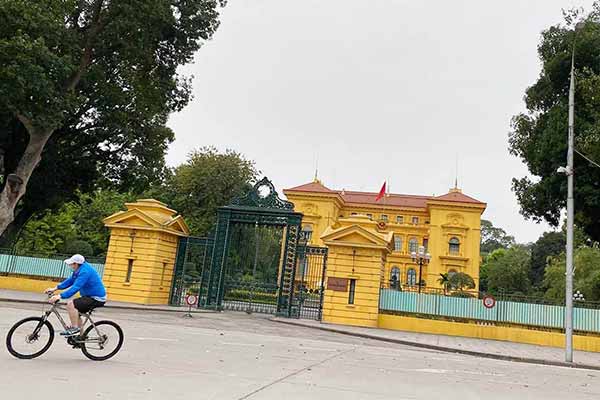9 Highways connect the Northern provinces with the capital
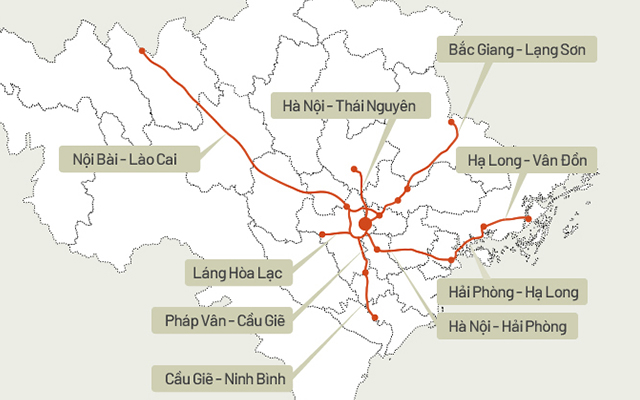
The expressways were inaugurated with a total investment of more than VND 128,000 billion, increasing connectivity to Hanoi and more than 10 northern provinces.
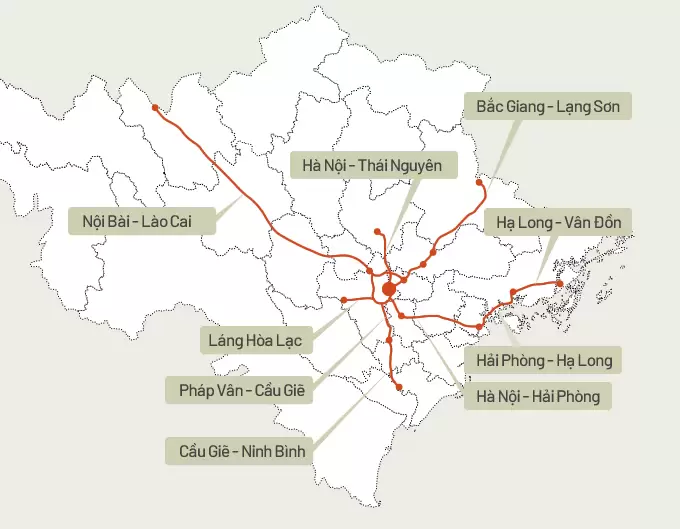
Map of 9 highways in the North. Graphic: Tiến Thành-Bá Đô
Phap Van – Cau Gie Expressway was upgraded to a 6-lane highway and opened in early 2019, with a total investment of VND 6,731 billion.
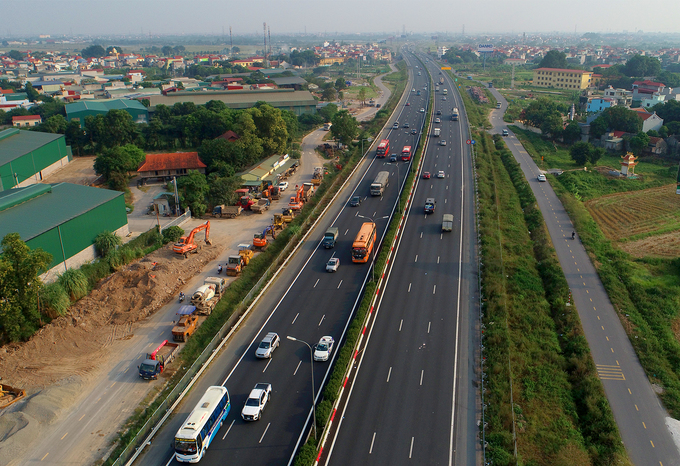
Phap Van – Cau Gie Expressway
This project is about 29 km long with the starting point at Phap Van intersection with ring road 3 (Hanoi), the end point connects with Cau Gie -Ninh Binh highway. Phap Van – Cau Gie is the highway with the largest amount of traffic compared to other highways connecting the capital. Every day this expressway welcomes over 50,000 vehicles; revenue of more than 2 billion.
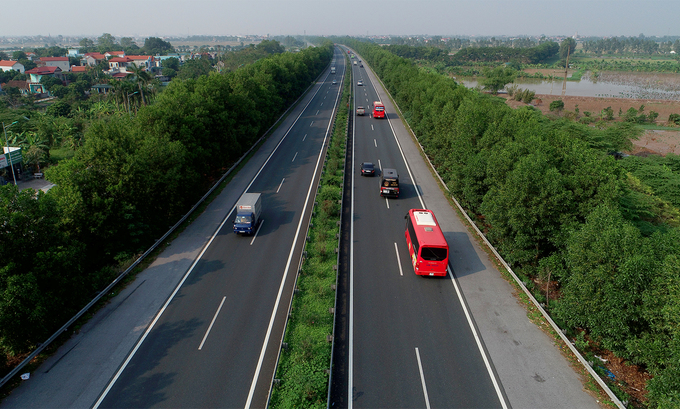
Cau Gie – Ninh Binh expressway connects to Phap Van – Cau Gie highway in Phu Xuyen district (Hanoi) and ends at Ninh Binh city. This highway is 50 km long, inaugurated in 2011 with a total investment of nearly 9,000 billion VND.
This is the first highway in Vietnam that has a system of Acacia aurora trees on both sides; The tree is over 3 m high with wide foliage, running nearly 50 km in length, creating scenery and fresh air.
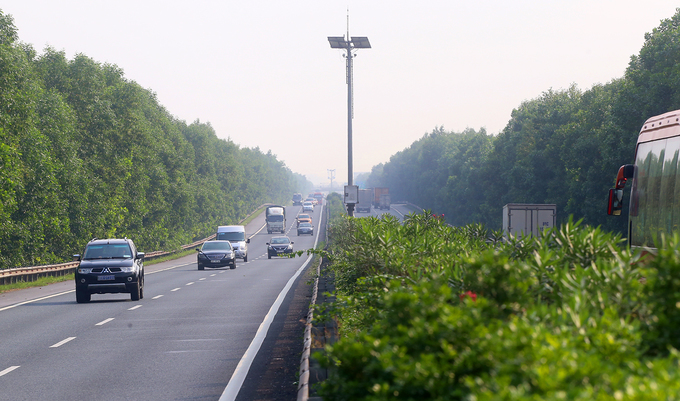
Cau Gie – Ninh Binh expressway has 4 lanes, each has two lanes of cars and one emergency stop lane, allowing the vehicle to run up to 120 km / h. Each day on this highway an average of about 23,000 – 25,000 vehicles to and fro. The current charge is calculated at VND 1,500 per km.
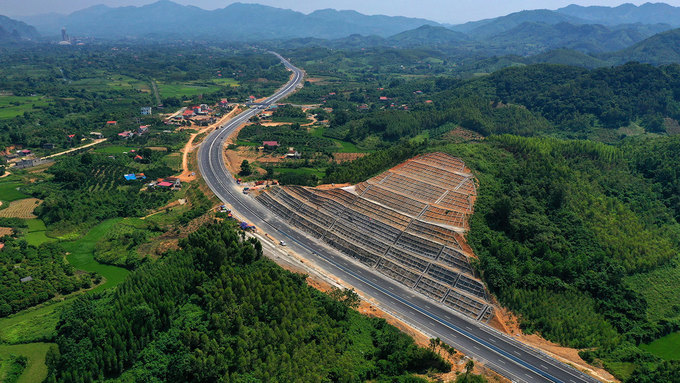
The Bac Giang – Lang Son expressway is open to traffic by the end of September, with a length of 64 km starting the intersection with National Highway 1 in Mai Sao commune, Chi Lang and Lang Son districts and the end connecting with National Highway 1 section Hanoi – Bac Giang. The project has a total investment of over VND 12,000 billion.
The highway is 25 m wide, including 4 lanes and 2 emergency stopping lanes with a design speed of 100 km / h. Investors are expected to charge in 17 years (from 2020 to 2037) with 5 levels of fees, the lowest is expected to be 2,000 VND / km for cars with 9 seats or less and the highest is 7,200 VND / km for the large trucks like container trucks.
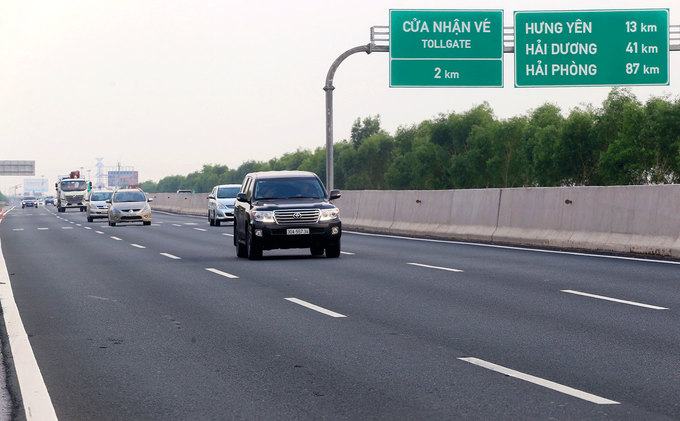
Opened at the end of 2015, the Hanoi – Hai Phong expressway is 105 km long, with the starting point of intersection with Hanoi belt 3, the final point at Dinh Vu port (Hai An district, Hai Phong city).
The project has a total investment of VND 45,487 billion (over USD 2 billion). This is the first highway in the country with 6 lanes, 2 emergency stopping lanes, allowing the car to run at a speed of 120 km / h. Currently, the lowest fee when applying for a car with less than 9 seats is 210,000 VND / 105 km. This highway helps vehicles from Hanoi to Hai Phong about 1 hour compared to 2.5 hours ago.
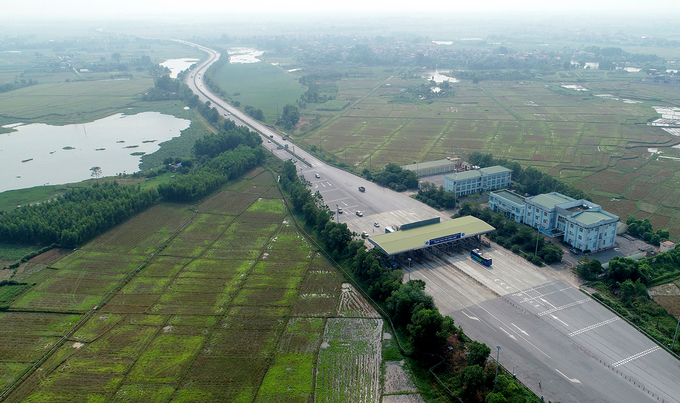
Noi Bai – Lao Cai Expressway inaugurated the entire route in September 2014 with a length of 265 km and a total investment of about US $ 1.5 billion. The starting point at the intersection of National Highway 2 and the North Thang Long – Noi Bai Highway (Hanoi) and the end point is Quang Kim Commune (Bat Xat District, Lao Cai Province).
Currently, the section from Hanoi – Yen Bai has 4 lanes allowing the maximum design speed of 100 km / h; The Yen Bai – Lao Cai section has 2 lanes running at a maximum speed of 80 km / h.
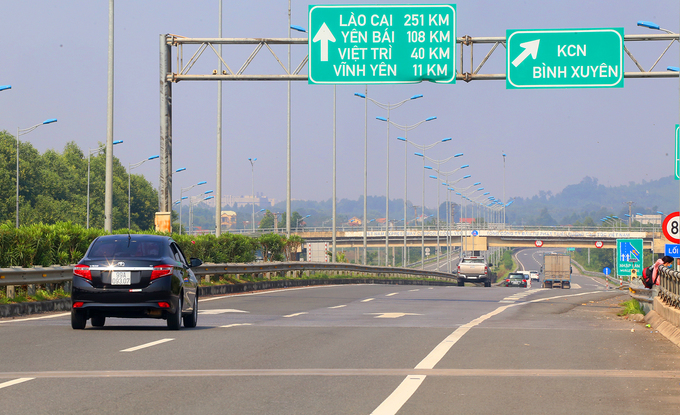
Noi Bai – Lao Cai expressway has 13 toll stations, 5 bus stops across 5 provinces of Hanoi, Vinh Phuc, Phu Tho and Yen Bai up to Lao Cai. The lowest fee for cars with 9 or fewer seats is VND 300,000 and the highest rate for containers is VND 1.2 million per turn.
The Noi Bai – Lao Cai Expressway project helps shorten the time from Hanoi to Lao Cai to 3.5 hours compared to 7 hours ago.
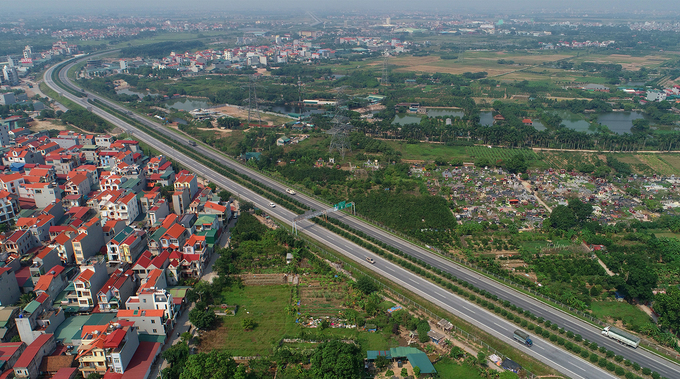
Also inaugurated in 2014, the Hanoi – Thai Nguyen expressway is 63 km long, with a total investment of more than VND 10,000 billion. Expressway runs through Hanoi, Bac Ninh and Thai Nguyen.
The road surface is designed to be 34.5 m wide with 4 lanes for traffic and two emergency stopping lanes; Allow the vehicle to run at a maximum speed of 100 km / h. This highway helps to shorten the time from Hanoi to Thai Nguyen to more than 1 hour instead of 3 hours before.
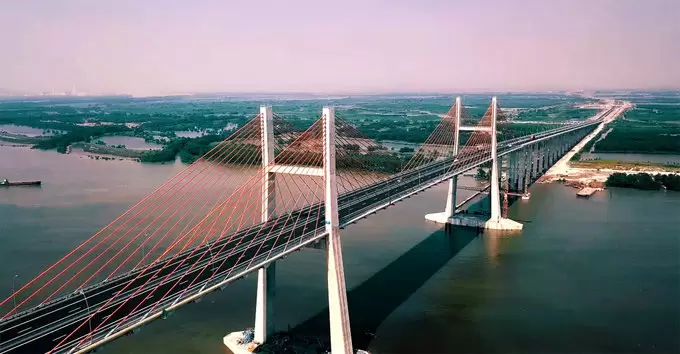
Ha Long – Hai Phong Expressway Project was inaugurated in September 2018, starting at Highway 18, Dai Yen Ward, Ha Long City, the end of the intersection with Hanoi – Hai Phong Expressway; Total investment is over 13,000 billion VND.
The highlight of the project is the Bach Dang Bridge spanning the Bach Dang River, connecting the two provinces of Quang Ninh and Hai Phong, accounting for half of the total investment with VND 7,270 billion. The lowest fee when going through this expressway is 35,000 VND for each vehicle with 12 seats or less and 200,000 VND for each container truck. According to the BOT Bach Dang Bridge Company, the investor of the project, there are about from 300,000 to 400,000 vehicles per month with a total turnover of 15-20 billion per month.
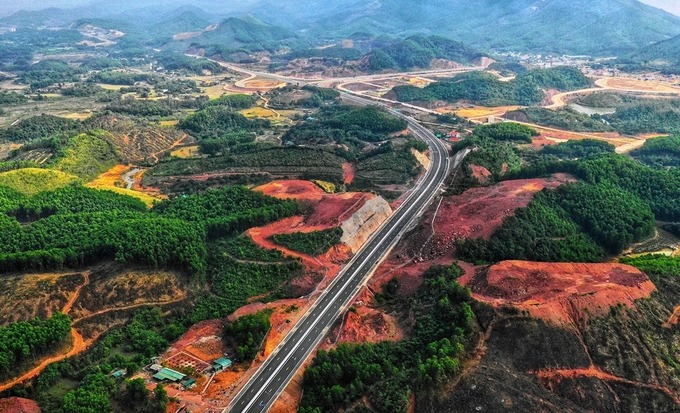
Inaugurated in 2019, the 60-km-long Ha Long – Van Don highway has a starting point on Highway 18 of Dai Yen ward, Ha Long City. The freeway endpoint intersects the main axis into Van Don airport. Most highways run through winding mountainous territory.
The project has a total investment of about VND 12,000 billion in the form of BOT. The design speed of the expressway is 100 km per hour, the width of the road bed is 24,5 m. The lowest charge rate currently on this highway is 65,000 VND and the highest is 435,000 VND.
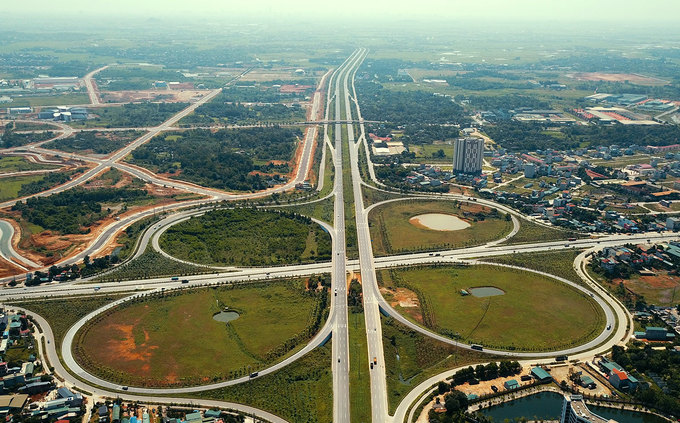
Opened in 2010, on the occasion of Hanoi celebrating 1000 years of Thang Long, Thang Long Boulevard is over 29 km long and more than 100 m wide. This project connects Hanoi Ring 3 at Pham Hung – Khuat Duy Tien Street, passes through Nam Tu Liem, Hoai Duc, Quoc Oai and Thach That districts and the end is the intersection with Highway 21A (km 31 + 64, the first point of Ho Chi Minh road).
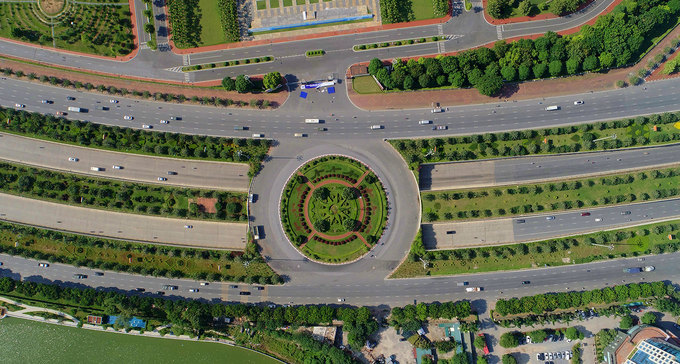
The width of Thang Long Boulevard is 140 m, including 2 strips of highways with 3 lanes each way, 2 strips of urban roads with 2 lanes and the median strip. There are also 2 strips of reserved land and strips of trees and sidewalks. The project has a total investment of more than 7,500 billion. This is the only expressway that connects the capital with the Northern provinces without a fee.


